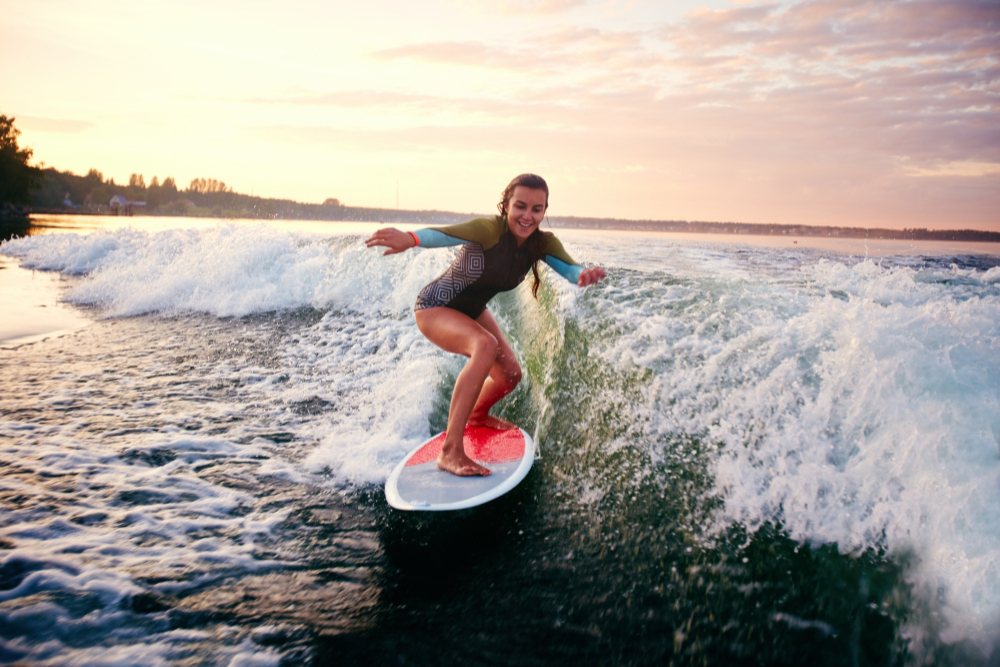1. Analyze your local surf breaks
Knowing every aspect of your local surf breaks is a very important step, to get the most out of your surf sessions. It’s important to understand what tide, wind, and swell directions work best at your local spots, so you can stay prepared. There are many great websites/apps, you can use such as Magicseaweed or Surfline.
You should also observe your local surf breaks from the beach during different kinds of conditions, so you know how to position yourself in the water. It’s way easier to get a good overview from the coastline, so take your time and learn where the best spot is in the lineup.
2. Track performance
A great way to track your performance is with a surf watch. A surf watch will track all your waves, so you can analyze data when you get back home. A surf watch will also help you during a session, by providing important information about tides and swells.
3. Keep a surfing journal
Having a surfing journal can be beneficial for various reasons. Just like the data from your surf watch, a surfing journal helps to keep track of your progress. It is also a fun way to log your surf travel adventures and keep all the surf memories in one place.
A surfing journal can also help you to predict swells since you are able to go back in time and study the conditions of the same season last year.
4. Do complementary sport activities
Different activities besides surfing can be beneficial for your overall performance. Many surfers use running as a way to maintain cardiovascular endurance when there are no waves to surf.
Weightlifting can be used to gain overall strength, which will help with your turns and maneuvers when surfing.
Another great activity for surfers is Yoga. Yoga will improve everything from flexibility and core strength to lung capacity and mental state.
5. Try out different boards
Once you have learned the basics of surfing and are comfortable at your local surf break, then you can start to experiment with different surfboard types.
As a beginner, you want to stick with the soft top, but as you progress you can begin using, funboards, twin-fins, shortboards, etc. Your progression in the water will also allow you to start using smaller boards, which will increase speed.
The more surfboards you ride, the more comfortable you will become. This knowledge will help you to pick the right board for any given conditions.
6. Have fun with it…
Last but not least, remember to have fun! When you are relaxed, you will enjoy it the most. Progression in surfing is a long-term game and you need to stay patient and persistent, then you will eventually see the results.


